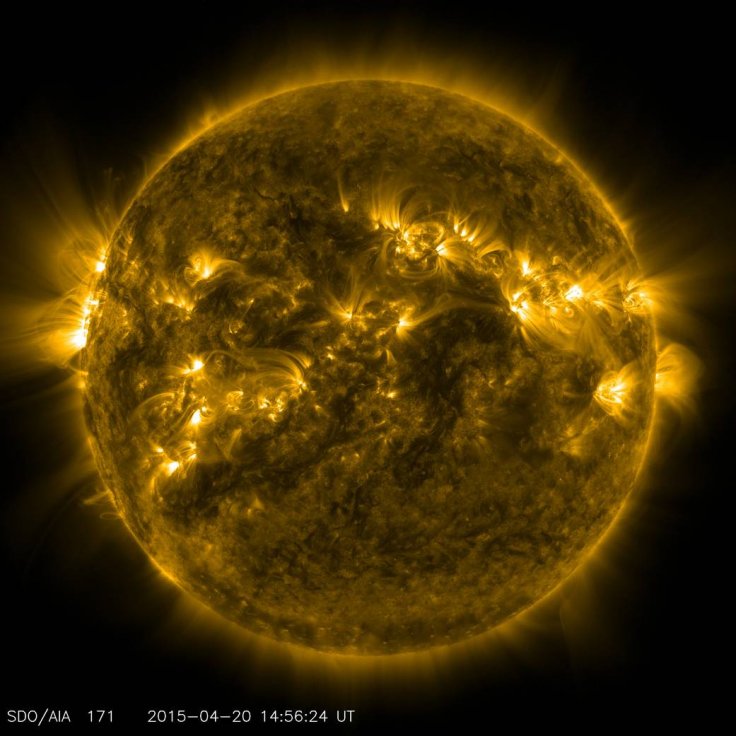
NASA, for the first time, has observed interplanetary shock waves from the sun, that shakes the entire solar system. The United States space agency made this milestone finding with the help of its Magnetospheric Multiscale mission (MMS).
In a recent post on its website, NASA revealed that these shocks made of particles and electromagnetic waves are launched by the sun. It should be noted that interplanetary shocks are collisionless shocks, and this phenomenon can be observed throughout the universe in various space entities like supernovae, black hole, among others.
Experts at NASA believe that this new recording of collisionless shocks within the solar system triggered by the sun could help to unveil more details regarding these shocks that are spread all across the universe.
"Interplanetary shocks start at the Sun, which continually releases streams of charged particles called the solar wind. The solar wind typically comes in two types — slow and fast. When a fast stream of solar wind overtakes a slower stream, it creates a shock wave, just like a boat moving through a river creates a wave. The wave then spreads out across the solar system. MMS was in just the right spot to see one interplanetary shock as it rolled by," wrote NASA on its website.
The shock wave that propagates from the sun travels through the solar system and will hit the earth's magnetic field, which ultimately results in the magnetic reconnection effect. As scientists have now successfully detected a powerful shock triggered by the sun, they believe that this new development could help to detect weaker shocks in the future.
A few days back, another study conducted by a team of researchers had suggested that dark matter, an entity which apparently forms 85 percent of the universe might have formed before the Big Bang. As per the study report, dark matter was formed just a few fractions of seconds before Big Bang, during an era known as cosmic inflation.









